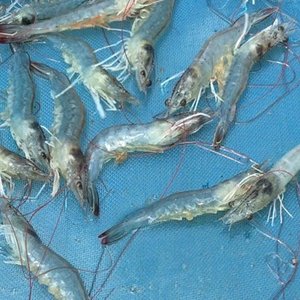While all sectors of the economy are undergoing seismic changes following the coronavirus outbreak, IFFO, the Marine Ingredients Organization, continues to monitor the main trends within the marine ingredient industry. IFFO members are regularly provided with market intelligence related to fishmeal and fish oil production, trade and consumption. This implies the analysis of both the supply and demand sides of the market, with research focusing also on the global trends of animal farming and fish catches, agri-commodities, commodities’ prices and general macro-economic conditions.
In its latest report on marine ingredient market trends for January-June 2020, the report found that the June 2020 performance was well above the 2011- 2019 average for the same month. The higher-than-average landings in Peru in June 2020 were the main drivers of such improvement, although Northern European countries and India also showed a historically higher availability of raw material for June. Year on year, the total raw material in June was almost 60% higher, again thanks to the positive performances of Peru, Northern Europe and India. The total cumulative fishmeal production throughout June (including salmon-based meal) continued to recover with respect to the previous year and was estimated to be below last year’s output by only 7.5%.
In June 2020, cumulative fish oil production was also down by 7%, year on year, with significant drops in Peru, India, Iceland and the USA. Significant improvement is being reported in the African countries, mainly due to a better performance by South Africa, but also due to the additional production of tuna oil in the Ivory Coast, whose production started in 2020.
The report also assessed the Chinese market, the impacts on the demand following new COVID-19 cases and consequences of the flood season, as China is, by far, the main market for marine ingredients.
According to the IFFO’s report, the Chinese economy rebounded in the second quarter with stronger-than-expected GDP growth of 3.2% from a year earlier. Following the episodes that linked imported seafood to COVID-19, China authorities enhanced inspections on both imported and domestic aqua-products, dealing a further blow to the industry plans of regaining the trust of consumers.
China fishing grounds are still under a fishing ban with fishmeal plants at a low operative rate. Fishmeal imports are starting to increase while stocks of fishmeal imports in ports have declined as consumption remains stable. The new crops of Peruvian fishmeal are expected to be available in China in August.
Provinces along the Yangtze basin braced for flooding, which adversely affected aquaculture and caused damage to farmers. Both hog stocks and imports of pork rose despite flooding and the pandemic as the domestic supply could not meet the local demand.










